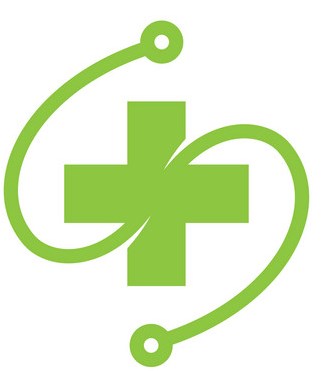Indications
The drug is used to reduce the risk of life-threatening infection in patients with neutropenia, particularly after cytotoxic chemotherapy. Lenograstim is indicated as a treatment to reduce the duration of neutropenia and the severity of infections in patients with non-myeloid malignancy who have undergone autologous or allogeneic bone marrow transplantation, or treatment with established cytotoxic chemotherapy and in addition to reduce the incidence of infection associated with established cytotoxic chemotherapy. Lenograstim is also indicated to mobilise peripheral blood progenitor cells (PBPCs) with Lenograstim alone, or after myelosuppressive chemotherapy, in order to accelerate haematopoietic recovery by infusion of such cells, after myelosuppressive or myeloablative therapy. Lenograstim is also indicated to accelerate the engraftment of these cells after their reinfusion.
Pharmacology
Lenograstim is the glycosylated recombinant form of human granulocyte colony stimulating factor. Lenograstim accelerates neutrophil recovery significantly after chemotherapy, with beneficial effects on clinical end-points such as incidence of laboratory-confirmed infection and length of hospital stay. Chemotherapy dose intensity has also been increased in patients receiving lenograstim, notably those with breast or small cell lung cancer, although improvements in tumour response and survival have not been demonstrated. Lenograstim also assists neutrophil recovery in patients undergoing bone marrow transplantation, and stimulates the production of peripheral blood stem cells (PBSCs) for autologous transfusion after aggressive chemotherapy.
Dosage And Administration
Intravenous-
Neutropenia following bone marrow transplantation:
- Adult: 19.2 million IU/m2 or 150 mcg/m2 daily by IV infusion started the day after transplantation for a maximum of 28 consecutive days.
- Child: >2 yr: 19.2 million IU/m2 or 150 mcg/m2 daily by IV infusion started the day after transplantation for a maximum of 28 consecutive days.
Subcutaneous-
Mobilisation of peripheral blood progenitor cells for autologous peripheral blood stem cell transplantation:
- Adult: As monotherapy: 1.28 million IU/kg or 10 mcg/kg daily for 4-6 days (5-6 days in healthy donors). Following adjunctive myelosuppressive chemotherapy: 19.2 million IU/m2 or 150 mcg/m2 daily, started the day after completion of chemotherapy for a maximum of 28 consecutive days.
Subcutaneous-
Chemotherapy-induced neutropenia:
- Adult: 19.2 million IU/m2 or 150 mcg/m2 daily, start the day after completion of chemotherapy for a maximum of 28 consecutive days.
Interaction
Increased risk of myelosuppression with myelosuppressive antineoplastic agents; increased pulmonary toxicity with bleomycin and cyclophosphamide.
Contraindications
Myeloid malignancies. Not to be used for 24 hr before or after cytotoxic chemotherapy.
Side Effects
Musculoskeletal pain, bone pain, splenic enlargement, nausea, fever, thrombocytopenia, anaemia, epistaxis, headache, diarrhoea, dysuria, osteoporosis, cutaneous vasculitis, anorexia, Sweet's syndrome, toxic epidermal necrolysis.
Pregnancy And Lactation
Pregnancy category is not classified.
Precautions And Warnings
Premalignant or malignant myeloid condition; sickle-cell disease; osteoporotic bone disease; signs of pulmonary infiltrates (withdraw treatment). Monitor CBC during therapy. Pregnancy and lactation.
Therapeutic Class
Haematopoietic Agents.
Storage Conditions
Should be stored in cool and dry place.
